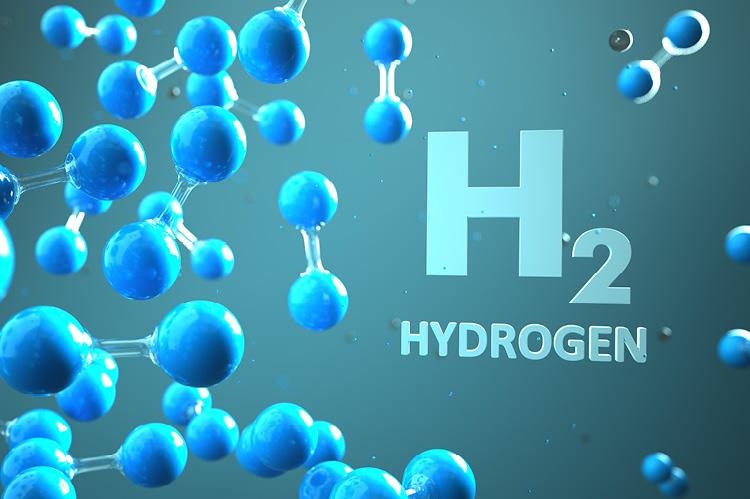Pipelines To Play Central Role As Hydrogen Enters Global Energy Mix

Governments and energy companies are increasingly looking at hydrogen, the universe's most abundant element, as an alternative to fossil fuels, and say that without hydrogen the world cannot aim to to be a net zero carbon economy by 2050.
Pipelines will play a vital role in transporting hydrogen in the new carbon free global economy.
Due to its low density, hydrogen is hard to store on a large scale or transport via road or ship, but it flows about three times faster than natural gas in pipelines, making them a good option for large-scale transport, according to the U.S. Department of Energy. That means oil-and-gas majors can use their existing infrastructure—or add pipes to it—to transport the fuel.
Blue hydrogen, where carbon emissions from its production are not released into the atmosphere, and green hydrogen, which is made with renewable power, are attracting huge interest as a clean alternative to natural gas that can be used for heating homes, heavy industry and transportation.
Some, however, are hedging their bets: Siemens Energy CEO Christian Bruch says "hydrogen will not be the solution to each and everything... it's not the silver bullet that solves all problems. I don't see really a large-scale commercial viability any time before 2025 or even the end of the decade. There is still some way to go to prove we have resilient and reliable systems."
One of the main abiding concerns is the cost of producing green hydrogen, which cannot compete with natural gas or with hydrogen produced from natural gas. Known as grey hydrogen, hydrogen produced from natural gas or coal in a process that emits high levels of carbon dioxide, is the most common form of the fuel produced today and costs around $1 per kilogram.
Cleaner blue hydrogen, which captures and stores the carbon dioxide, costs $2 to $3 per kg to produce while green hydrogen - based on the use of clean energy and electrolysis to extract hydrogen from water - costs around $5 per kg, BP's head of innovation & engineering David Eyton said.
This year, BP invested US $1.9 million to explore the creation of a green-hydrogen export facility in Western Australia, and it partnered with other energy companies to build a hydrogen network in Germany.
By 2050, BP expects a mix of both blue and green hydrogen to dominate the hydrogen market, accounting for 6% to 15% of the world’s energy consumption. “The next evolution of gas is the decarbonization of it,” Mr. Sanyal says.

